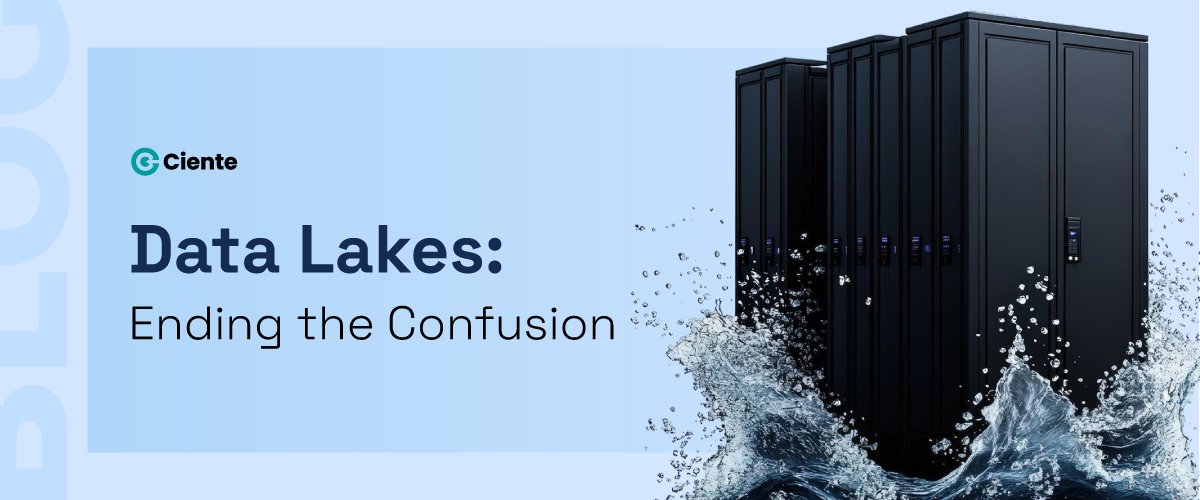A Nuanced Insight into B2B’s Customer Acquisition Process
Stop optimizing your funnel. It’s a lie. Your B2B acquisition problem is a structural, human, trust-driven mess. Start there.
Let’s be honest. The B2B customer acquisition process is a complete mess.
It isn’t merely broken. It’s inherently misaligned with reality. We are all spending more money, burning out our teams, and getting weaker results. Costs are soaring. Real, high-quality pipeline is not.
We are trapped in a cycle of “more.” More MQLs. More cold emails. More ad spend. More content for the content graveyard. We run on a high-speed hamster wheel. We obsessively optimize a machine that points in the wrong direction.
Why? Because the model is based on a lie.
The lie is the linear funnel. The lie is that B2B buyers move in a clean, predictable path from Awareness to Purchase. The lie is that if we find the right MQL and “nurture” it with five emails, a sales-ready lead will magically appear.
That world is dead. It never existed.
The modern B2B buyer is entirely in charge. They are 70% of the way through their journey before they ever talk to a sales rep. They are self-educating in “dark-funnel” channels we cannot track. Think Slack communities. Think peer-review sites. Think private forums and social feeds. They form a consensus with a 10-person buying committee before we even know they are in the market.
We’ve responded by putting up more walls. More gates. More forms. We’ve turned the customer acquisition process into a gauntlet of transactional hurdles. We demand a prospect’s email address before we have even given them a reason to trust us.
The result is devastating. We are not building relationships. We are just qualifying MQLs. And this is killing our growth.
It is time to stop optimizing the broken model. It is time to build a new one. The fix is not a better funnel. The fix is an entirely different engine. It is an engine built on trust, momentum, and proven value.
What Is the Customer Acquisition Process, Really?
First, let us clear the air.
The customer acquisition process doesn’t merely concern your marketing funnel. It is not just your sales pipeline. It is definitely not just the MQL handoff.
A really functional customer acquisition process is the single, unified engine that aligns your entire revenue organization. Under one umbrella: acquisition and retention of high-quality accounts.
If your definition stops at “Closed-Won,” you have already lost. If your marketing team measures success on MQL volume while your sales team measures success on revenue, you are running two different companies.
This is the core human problem. We have functionally siloed our processes to the point of absurdity. The B2B buyer experiences a single, exhaustive journey. We manage it in three disconnected, misaligned pieces. The fix starts by acknowledging this deep structural flaw.
The Potential Gaps in Your Customer Acquisition Process
The first part of the new engine is about reframing the “top of the funnel.” The goal is not to “engage” as many people as possible. The goal is to become the only credible answer for the right people.
The old model was transactional. It said, “Give me your email for this e-book.” This is a low-trust interaction. It forces your buyer to lie with a fake email. It forces your sales team to pounce with an immediate, unwelcome SDR call.
The new model is about trust building.
This means you must stop gating your best content. Your best, insightful, and most strategic content should not be a “lead magnet.” It must be a brand magnet. It must be out in the open. Insert it on your blog. Publish it on your social media. And put it in your podcasts. Prove your expertise to the world.
When a prospect is in the dark funnel and learning on their own terms, you want them to find your ungated helpful content. You want them to read your article and think, “Finally, someone who actually gets it.” You want them to see your CEO’s LinkedIn post and feel understood.
It’s how you build trust before the transaction. The goal is to be so ridiculously generous with your expertise that when the buyer is finally ready to talk, you are the only company they trust enough to call.
It’s not about ignoring metrics. It is about changing it. Stop measuring MQLs. Start measuring “in-market” accounts that are consuming your ungated content. Start measuring the influence your content has on closed deals, not the leads it generated. This phase of the customer acquisition process is about winning the mindshare battle. When you win the mindshare, the “lead” is a byproduct. It is not the goal.
The Nitty-Gritty of Your Customer Acquisition Process: What it Should Be?
This nuance of B2B is often ignored.
We pretend we are selling to “Acme Corp.” We are not. We are selling to Sarah in Marketing. She is our champion. And Sarah is about to walk into an internal war.
She has to convince her skeptical boss, the Economic Buyer. She has to get approval from the overworked Head of IT, the Technical Buyer. She needs a sign-off from the paranoid Head of Legal, the Risk Buyer. She also needs to appease the end-users who hate change. These people do not share a brain. They often do not even share goals.
The traditional customer acquisition process is comically bad at this. We sent Sarah a generic, 30-slide “sales deck” full of our features. We expect her to do the rest. We are sending our champion into battle unarmed.
This part of the process is not about selling. It is about coalition-building. Your job is to make it easy for Sarah to build an internal consensus.
This means your sales process must become a consulting process. You need to map the buying committee. You must understand their individual pains. You have to create specific assets for them.
This is not a simple checklist. It is a unified strategy. When you learn the CFO is the blocker, you do not just send a pricing sheet. You co-build a custom, one-page ROI model with Sarah that speaks directly to the CFO’s P&L concerns. You do not send a 200-page compliance document when IT flags a security threat. You host a 30-minute “security and integration” call with their IT team and your engineer. You build peer-level trust.
You are building a micro-community around the solution. You are using tools like Digital Sales Rooms not as a content library. You are using them as a “deal cockpit.” All stakeholders can see the mutual action plan. They can access their specific documents. They can collaborate in one place.
The nuance here is critical. Your customer acquisition process must pivot. You must move from persuading a single buyer to empowering an entire committee. You win when your champion looks like a hero for finding you.
The Marketing-Sales Handoff: Customer Acquisition’s Treasure Trove
This is the most dangerous, most broken part of the entire B2B machine.
We have all seen it. The deal is finally done. The contracts are signed. The sales team celebrates. They ring the bell. They collect their commission. The “Closed-Won” deal is marked in the CRM.
And then there is silence.
The customer, who was just showered with attention, is thrown over a massive, invisible wall. They land in the lap of a “Customer Success” or “Onboarding” team. That team often has no idea what was promised. They do not know the customer’s actual goals. They do not understand why they bought it in the first place.
This is where B2B companies die. This is where the painfully built trust is shattered in an instant. The buyer’s remorse is immediate. The customer acquisition process has failed. And the metrics will not show it for another 12 months.
This part of the process is not about the signature. It is about the handoff.
A human-centric, high-trust customer acquisition process treats this handoff as the most critical step. The “sale” is not the endpoint. It is the transition point.
The fix is structural. The Customer Success Manager (CSM) should not meet the customer after they sign. The CSM must be part of the final stages of the sales process. They should be on the final call. They must co-create the “First 90-Day Value Plan.”
Think about the power of that. The customer sees a unified team. The CSM has full context. The promises made by sales are documented. They are transformed into an action plan before the ink is dry.
This simple, structural change obliterates the “wall.” It transforms this part of the process from a transactional event into the first act of a long-term, profitable relationship. It cements trust at the moment when trust is most fragile.
Your Best Customers Are Your Best Acquisition Channel
If your customer acquisition process stops at the first sale, you are operating an expensive, inefficient business. You are constantly hunting. You are incessantly trying to fill a leaky bucket.
This final phase is where the engine becomes a flywheel. It is where the process becomes self-funding and compounds.
This is not about “upselling” or “renewals.” Those are transactional outcomes. This is about proving and articulating the value you promised.
Your Customer Success team is not a “retention” department. They are your new growth department. Their job is not to be a friendly support rep. Their job is to be a strategic partner. They must be focused on making the customer a hero.
The CSM’s mandate is to quantify the value you have delivered. Six months post-sale, they should be working with your champion, Sarah, to build the “Value Realization Report.”
“Sarah, when we started, your team’s processing time was 40 hours a week. After implementing, you are down to 4 hours. We have verifiably saved your team 1,440 hours and $150,000 in six months.”
This report does two magic things.
First, it makes the renewal and expansion conversation a formality. The value is proven.
Second, it becomes the primary fuel for your entire acquisition engine.
That “Value Realization Report” is the single most powerful asset your company owns. It is the case study that Marketing turns into your next high-performing ad campaign. It is the proof point that your Sales team uses to arm the next champion in their own consensus-building battle.
This is the closed loop. The customer acquisition process for your next customer begins with the documented success of your current one.
Stop Optimizing the Funnel. Start Unifying the Engine for Your Customer Acquisition Process.
The B2B customer acquisition process is broken because it is siloed, transactional, and inhuman. We are so obsessed with our own internal metrics. We love MQLs, SQLs, and conversion rates. We have forgotten what the buyer actually experiences- a disjointed, high-friction, low-trust gauntlet.
You do not need a new dashboard to navigate this. And neither a new AI tool.
You need a new mandate.
The fix is structural. It is a commitment to unifying marketing, sales, and customer success under a single, unified revenue organization. It is about tearing down the walls between departments. It means rebuilding the entire process around the customer’s journey.
It is about changing your metrics. Stop celebrating MQLs. Start celebrating pipeline influence and proven customer value.
It is about building an engine, not a funnel. An engine where trust is the lubricant. An engine where proven value is the fuel. That is the only customer acquisition process that will win the next decade.







